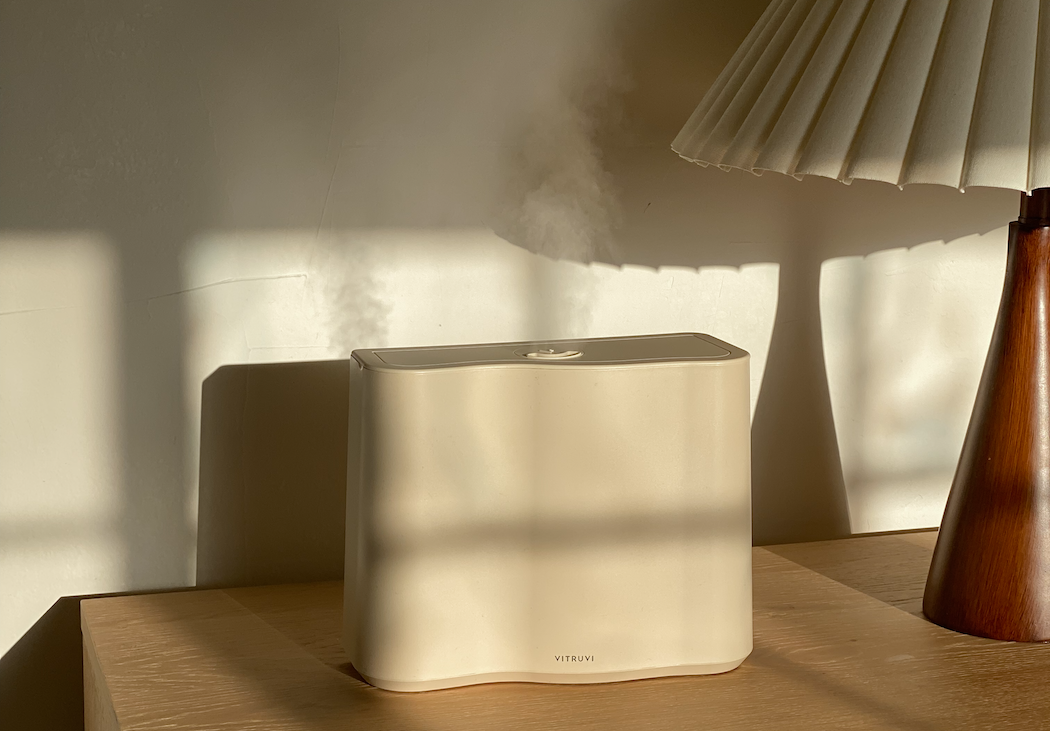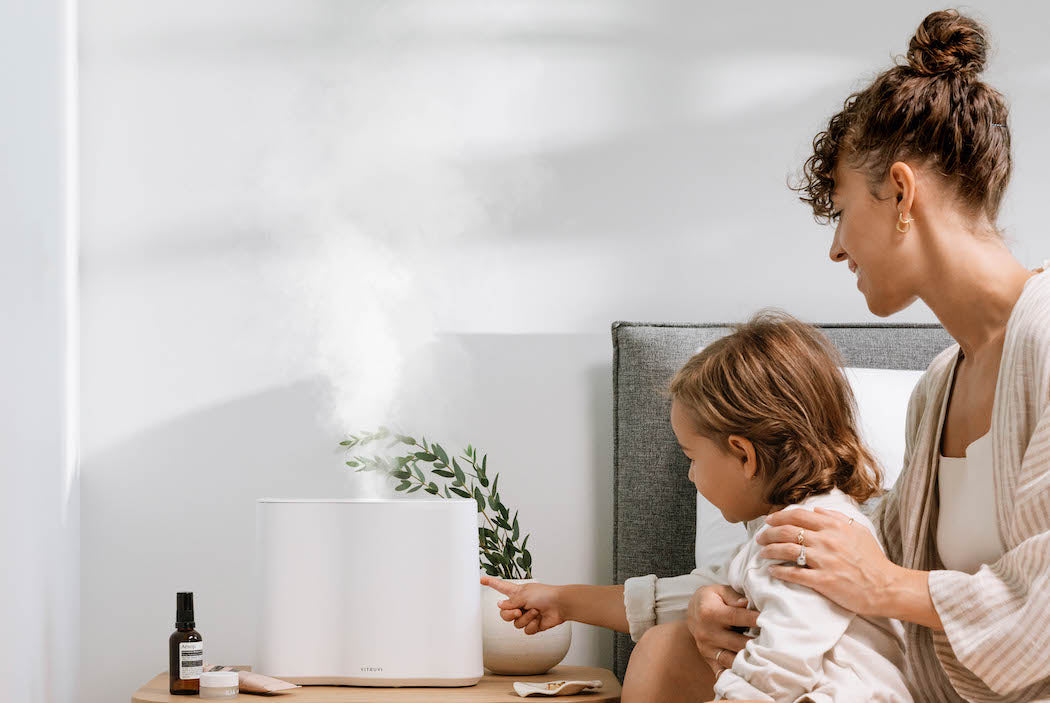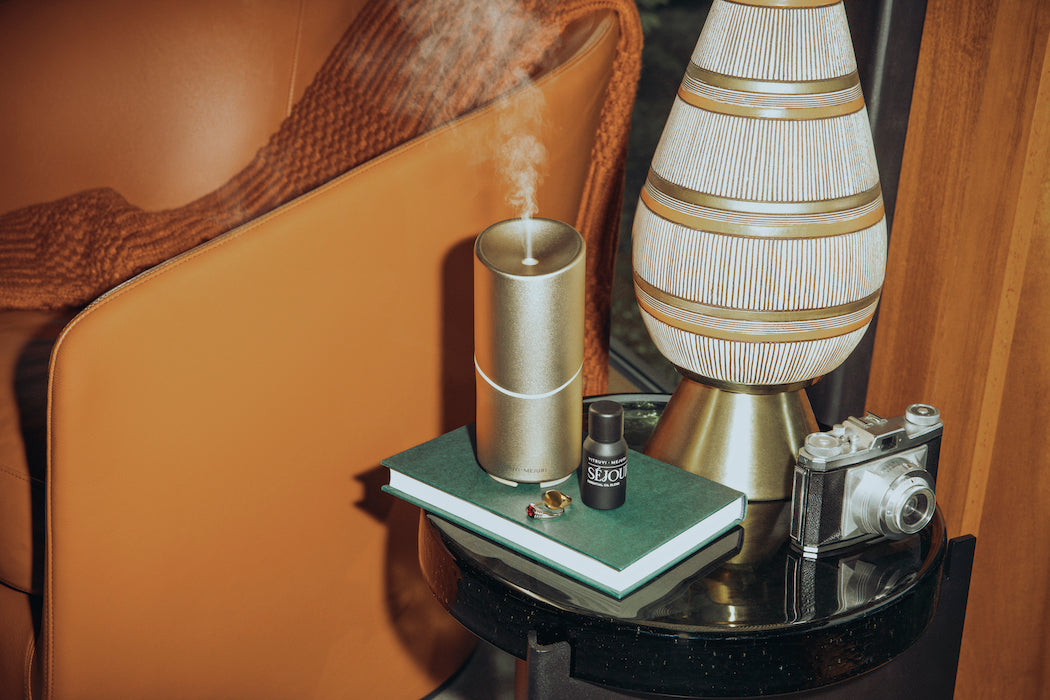Amidst the hustle and bustle of the day-to-day (even in a pandemic), we can forget to take life’s inevitable disruptions into consideration. But as saw with the recent winter storm in Texas, nothing is predictable—and unfortunately, there will likely continue to be major natural disasters each year as the effects of the climate crisis continue to unfold.
“I believe most families are unprepared because they are too busy with their daily lives to stop and think about something that, in their minds, probably won’t happen. They are focused on the immediate things in life—like taking their child to soccer practice, making dinner, or doing laundry,” says natural disaster preparedness expert Cheryl Nelson via phone. “Most people think they already have everything they need until a disaster happens to them.”
There are a few emergency preparedness basics that every household adult should know. “Your main goal is to be able to shelter in your home without any utilities or outside help for at least two weeks,” explains John Ramey, founder of emergency readiness site The Prepared, over the phone. “That means having two weeks’ worth of food and water (at least 15 gallons per person) stored at all times, some kind of radio, battery packs or solar generators to keep phones and basic devices charged, whatever you need to stay cool or warm, and a first-aid kit with any particulars you need for people in the house.”
There are some trendy new emergency kit brands out there, such as Judy or Preppi, which can offer good starting points—but Ramey warns against relying on premade packs, as the quality can sometimes be poorer. “If you do buy a kit, it should never have water that is stored in soft pouches,” he offers. “They’re simply too flimsy and not good enough for one of your most critical resources.”
So what do we purchase for our homemade kits? Nelson says that a basic emergency supply kit should include the following items (as recommended by ready.gov).
Emergency kit items
- Water—one gallon per person per day, for at least three days (two weeks is best), for drinking and sanitation
- Food—at least a three-day supply (but two weeks is best) of non-perishables
- At least a two-week supply of any prescription medications
- Non-prescription medications such as pain relievers, anti-diarrhea pills, antacids, or laxatives
- Battery-powered or hand-crank radio, and NOAA Weather Radio with tone alert
- Flashlight
- First-aid kit
- Extra batteries
- Whistle to signal for help
- N95 dust mask to help filter contaminated air
- Plastic sheeting and duct tape to shelter-in-place
- Moist towelettes, cleaning supplies, garbage bags, and plastic ties for personal sanitation
- Wrench or pliers to turn off utilities
- Manual can-opener for food
- Local maps
- Cell phone with chargers and a backup battery (keep one in your car, too)
- Glasses and/or contact lenses, and cleaning solution
- Infant formula, bottles, diapers, wipes, diaper rash cream
- Food, water, toys, and health records for any pets
- At least $100 in cash (small bills) or traveler’s checks
- Important family documents such as copies of insurance policies, identification, and bank account records—saved electronically or in a waterproof, portable container
- Sleeping bag or warm blanket for each person
- Complete change of clothing appropriate for your climate, and sturdy shoes
- Household chlorine bleach and medicine dropper to disinfect water (follow safety guidelines for how much to use)
- Fire extinguisher
- Matches in a waterproof container
- Feminine supplies and personal hygiene items
- Mess kits, paper cups, plates, paper towels, and plastic utensils
- Paper and pencil
- Books, games, puzzles, or other activities for children
- A generator (just be sure to always run it outside for safety)
- Helmet for each person to wear during a tornado or earthquake
Survival bag and emergency evacuation plan
In addition, remember to set up an evacuation plan that the whole family is aware of. “Have an evacuation plan and a destination in mind, have vehicles fueled and ready, and don’t forget your pets (they need supplies, too),” instructs Ramey. “Replenish or check supplies annually, testing batteries and checking expiration dates. Also, remember that in a crisis-level event, it can take 48 to 72 hours for the government to respond and give assistance; until then, you could be left to your own devices.”
He also suggests that children over the age of 12 should have their own bug-out bag or survival bag, which can be a simple backpack with extra clothes and other gear they might need when staying in an evacuation shelter. “For younger kids, you can pack a bag that has basic stuff like comfort items, but you’d also want to include a picture of your house or other information that can help another random adult help your kid if they’re lost,” he says. In the case of emergencies, it’s simply better to over-prepare (within reason—you want to be thoughtful, not fearful). Of course, hopefully you never have to use your supply.












